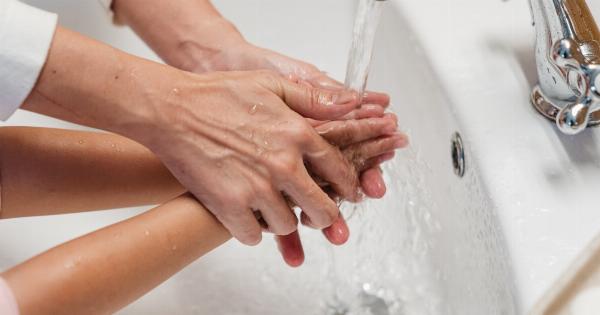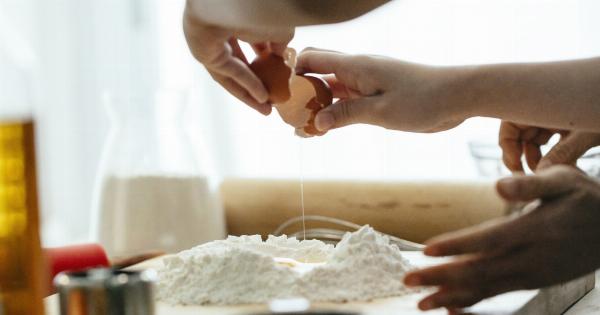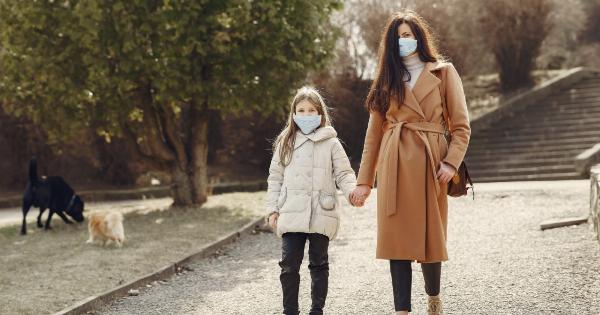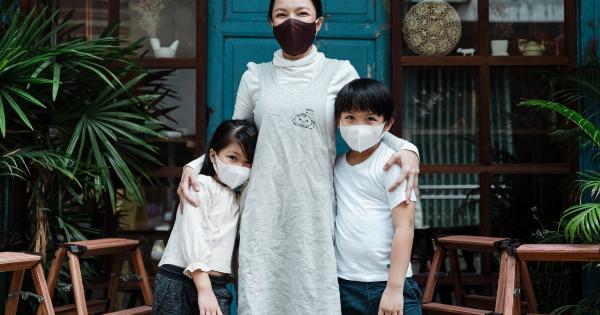Handwashing is a simple but effective way to prevent the spread of germs and infections. It is a crucial habit that everyone should practice regularly, as it can significantly reduce the risk of getting sick and spreading illnesses to others.
According to the Centers for Disease Control and Prevention (CDC), handwashing is particularly essential in preventing the transmission of respiratory illnesses like the common cold, flu, and COVID-19.
The Basics of Handwashing
While handwashing may seem like a straightforward task, many people do not wash their hands properly or for an adequate amount of time. The CDC recommends the following steps to ensure thorough handwashing:.
Step 1: Wet Your Hands
Start by wetting your hands with clean running water. The temperature of the water does not significantly impact the effectiveness of handwashing, so you can use warm, cold, or lukewarm water according to your preference.
Step 2: Apply Soap
Next, apply a sufficient amount of soap to your hands. It is important to choose a soap that effectively removes germs without causing skin irritation. Liquid or bar soap is equally effective in killing bacteria and viruses.
Step 3: Lather and Scrub
Rub your hands together to create a lather. Ensure that the soap covers all parts of your hands, including the back, between the fingers, and under the nails.
Scrub your hands for at least 20 seconds, which is roughly equivalent to the time it takes to sing the “Happy Birthday” song twice.
Step 4: Rinse Thoroughly
Hold your hands under clean running water to rinse off all the soap. Make sure to remove all soap residues, as they can cause skin irritation. Use your fingers to move the soap around and ensure thorough rinsing.
Step 5: Dry Your Hands
After rinsing, dry your hands using a clean towel or an air dryer. Preferably, use a disposable paper towel to avoid the potential transfer of germs from cloth towels. Make sure to dry your hands completely, as residual moisture can attract bacteria.
The Role of Hand Sanitizers
Hand sanitizers can be a convenient alternative to handwashing, especially when water and soap are not available. However, they should not replace handwashing in all situations. Hand sanitizers are most effective when they contain at least 60% alcohol.
When using a hand sanitizer, follow these steps:.
Step 1: Apply the Sanitizer
Put enough sanitizer in your palms to cover all surfaces of your hands.
Step 2: Rub It In
Rub the sanitizer all over your hands, including between the fingers and around the nails, until your hands are dry. This process usually takes about 20 to 30 seconds.
When Should You Wash Your Hands?
Regular handwashing should be a part of your daily routine, but there are specific instances where washing your hands becomes even more critical. You should always wash your hands:.
Before Eating
Before sitting down for a meal or handling food, it is essential to wash your hands thoroughly. This practice helps prevent the transfer of any harmful bacteria or viruses to your mouth, reducing the risk of gastrointestinal illnesses.
After Using the Restroom
Using the restroom can expose your hands to various germs. To protect yourself and others, always wash your hands after using the restroom, both at home and in public spaces.
After Coughing or Sneezing
Coughing and sneezing release droplets containing germs into the air. If you cover your mouth or nose with your hands while coughing or sneezing, it is crucial to wash your hands immediately afterward to prevent the spread of germs.
After Touching Surfaces in Public Spaces
Public spaces, such as grocery stores, shopping malls, and public transportation, can harbor various germs. After touching surfaces like doorknobs, handrails, or elevator buttons, it is essential to wash your hands to minimize the risk of infection.
After Handling Animals
Animals, especially those in close contact with humans, can carry and spread germs.
Whether you have a pet or come into contact with animals in your daily routine, always wash your hands afterward to reduce the chance of contracting zoonotic infections.
Conclusion
Handwashing is a healthy habit that plays a crucial role in preventing the spread of diseases.
By following the proper handwashing techniques and knowing when to wash your hands, you can protect yourself and those around you from harmful germs and infections. Remember, thorough handwashing with soap and water is the most effective method, but when that is not possible, a hand sanitizer with at least 60% alcohol can serve as a substitute.
Cultivate the habit of washing your hands regularly, and you’ll be taking a significant step towards maintaining your health and well-being.






























